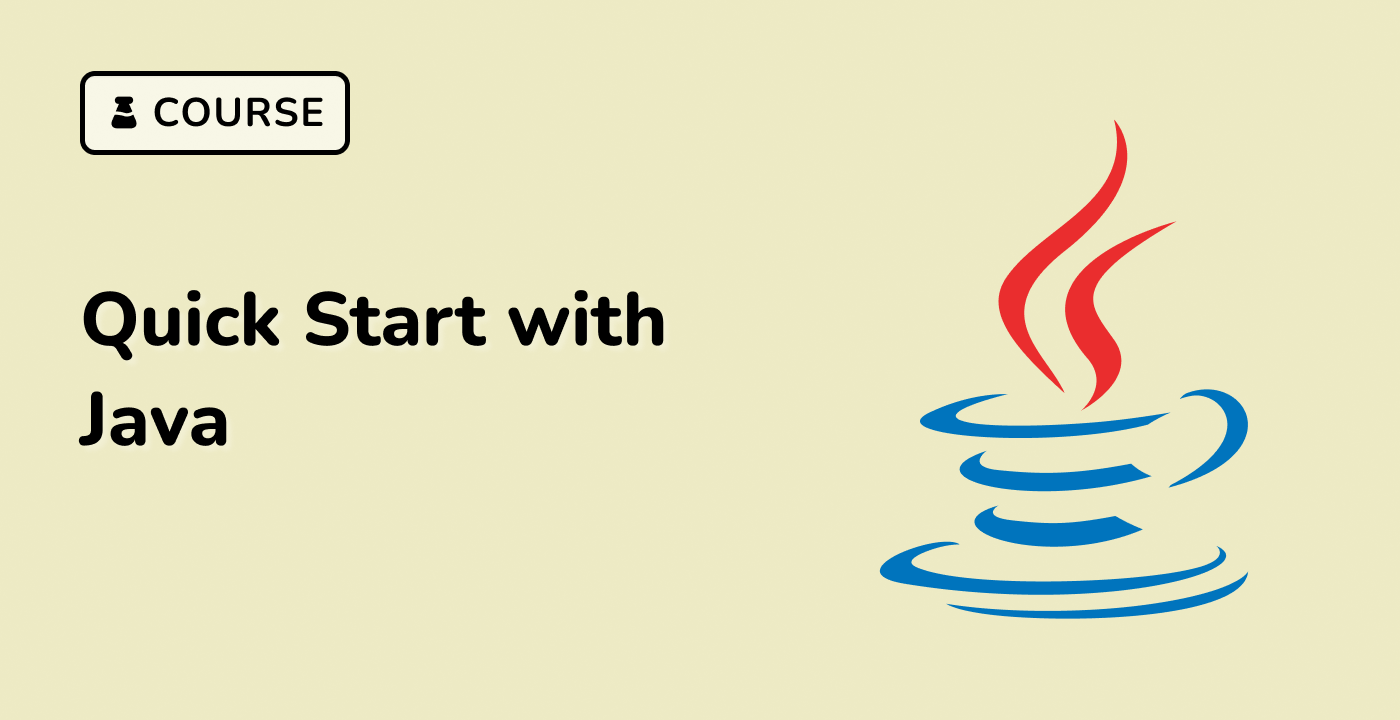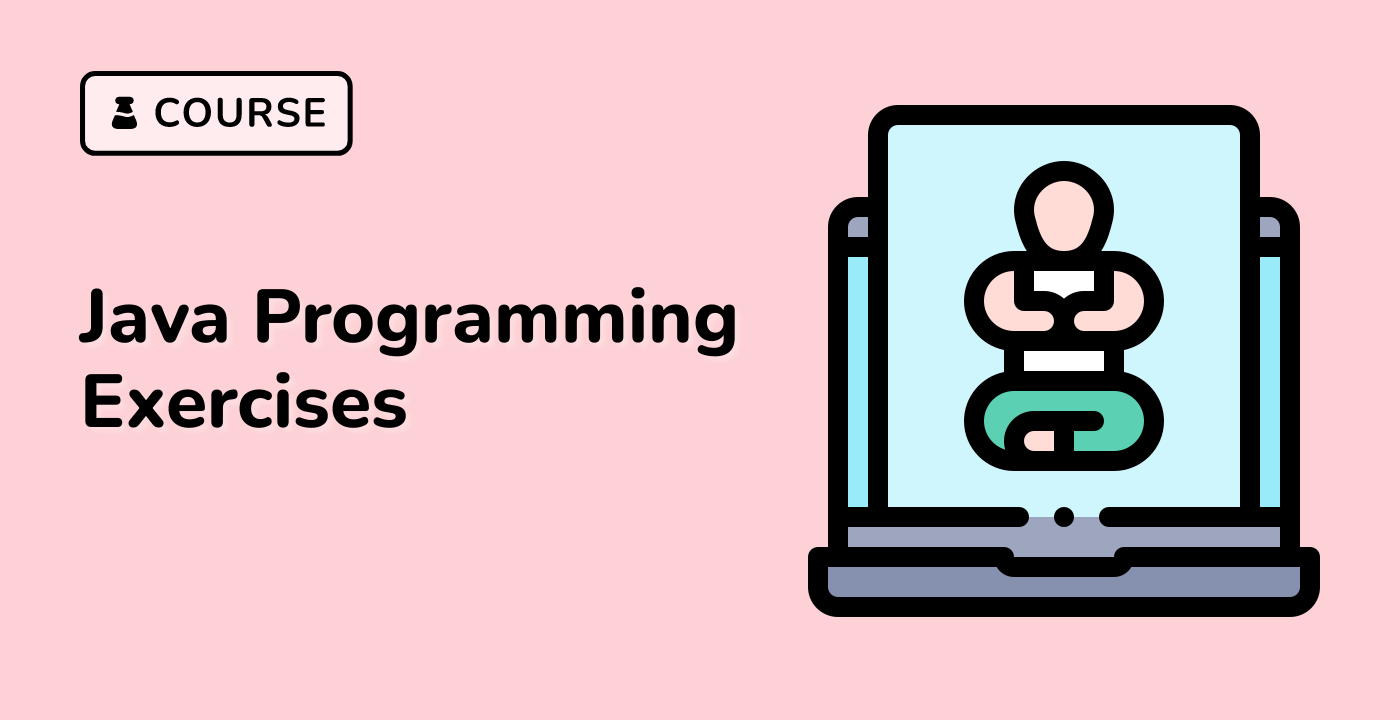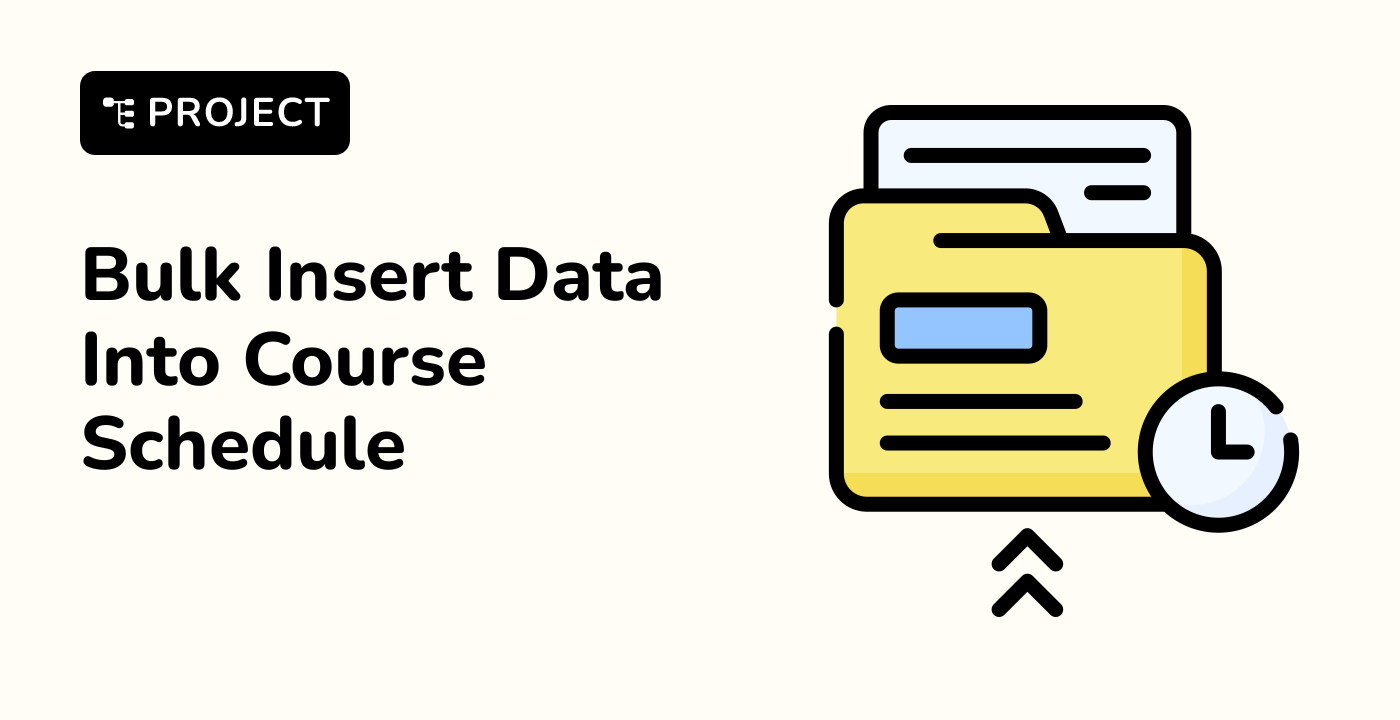Code Readability Basics
What is Code Readability?
Code readability refers to how easily a piece of code can be understood by developers. It is a critical aspect of software development that directly impacts code maintenance, collaboration, and overall software quality.
Key Principles of Readable Code
1. Clarity and Simplicity
Write code that is straightforward and easy to comprehend. Avoid complex, convoluted logic that makes understanding difficult.
// Less Readable
public int calc(int x, int y) {
return x > y ? x - y : y - x;
}
// More Readable
public int calculateAbsoluteDifference(int firstNumber, int secondNumber) {
return Math.abs(firstNumber - secondNumber);
}
2. Meaningful Naming Conventions
Use descriptive and meaningful names for variables, methods, and classes.
| Bad Naming |
Good Naming |
Explanation |
int x |
int userAge |
Clearly indicates the purpose |
void p() |
void processPayment() |
Describes the method's functionality |
Maintain a consistent code style throughout your project.
graph TD
A[Consistent Formatting] --> B[Indentation]
A --> C[Spacing]
A --> D[Bracing Style]
A --> E[Line Length]
4. Single Responsibility Principle
Each method and class should have a single, well-defined responsibility.
// Poor Design
public class UserManager {
public void createUser() { /* create user */ }
public void sendEmail() { /* send email */ }
public void generateReport() { /* generate report */ }
}
// Better Design
public class UserService {
public void createUser() { /* create user */ }
}
public class EmailService {
public void sendEmail() { /* send email */ }
}
public class ReportGenerator {
public void generateReport() { /* generate report */ }
}
Benefits of Readable Code
- Easier maintenance
- Reduced debugging time
- Better collaboration
- Lower onboarding complexity for new team members
Best Practices
- Use comments sparingly and meaningfully
- Break complex logic into smaller, manageable functions
- Follow established coding standards
- Regularly review and refactor code
At LabEx, we emphasize the importance of writing clean, readable code as a fundamental skill for developers.




